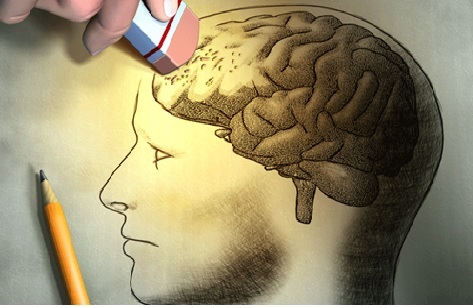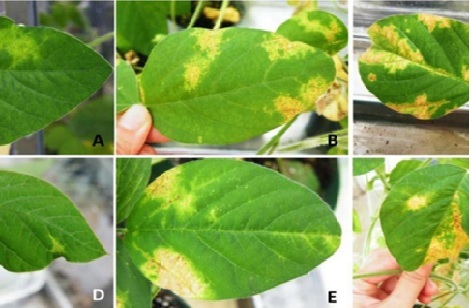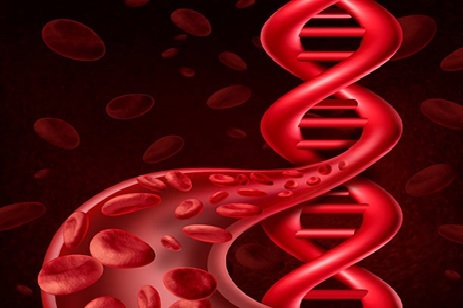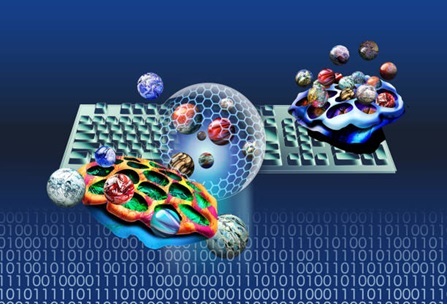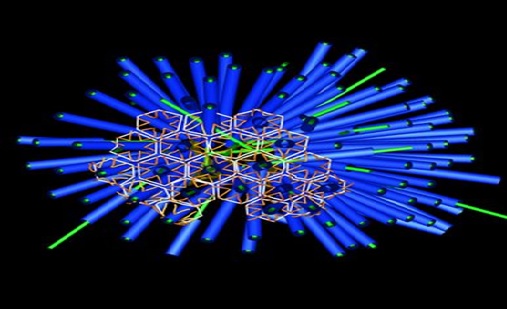Cellular Therapy
Cellular therapy is a medical treatment that involves the use of living cells, typically stem cells, to treat or cure a disease or condition. The cells can be obtained from a patient's own body (autologous), from a donor (allogeneic), or from a cell line. Cellular therapy has the potential to treat a wide range of diseases and conditions, including cancer, genetic disorders, autoimmune diseases, and degenerative disorders. Cellular therapy can also be used for tissue engineering, in which cells are used to create new tissues and organs to replace damaged or diseased ones. The goal of cellular therapy is to provide more effective and targeted therapies that can repair or replace damaged tissues and organs.
Therapies with genetically modified T cells that express chimeric antigen receptors (CARs) specific for CD19 or B cell maturation antigen (BCMA) are approved to treat certain B cell malignancies. However, translating these successes into treatments for patients with solid tumours presents various challenges, including the risk of clinically serious on-target, off-tumour toxicity (OTOT) owing to CAR T cell-mediated cytotoxicity against non-malignant tissues expressing the target antigen.[1]

Figure .1 Cellular therapy
Figure 1 shows Cellular therapy is a type of medical treatment that involves the use of cells to replace or repair damaged or diseased tissues and organs. Cellular therapy can involve the use of either autologous cells, which are cells taken from the patient's own body, or allogeneic cells, which are cells taken from a donor.
There are several types of cellular therapy, including:
- Stem cell therapy: Stem cell therapy involves the use of stem cells to replace damaged or diseased cells or tissues. Stem cells have the ability to differentiate into different cell types, and can be obtained from a variety of sources, such as bone marrow, umbilical cord blood, and adipose tissue.
- CAR T-cell therapy: CAR T-cell therapy is a type of immunotherapy that involves modifying a patient's own T-cells to recognize and kill cancer cells. CAR T-cells are genetically engineered to express chimeric antigen receptors (CARs) that bind to specific antigens on cancer cells.
- Tissue engineering: Tissue engineering involves the use of cells, scaffolds, and growth factors to create new tissues and organs. Tissue engineering can be used to repair or replace damaged or diseased tissues, such as skin, bone, cartilage, and organs.
- Cell therapy for autoimmune diseases: Cell therapy can also be used to treat autoimmune diseases, such as multiple sclerosis and type 1 diabetes, by modulating the immune system. For example, regulatory T-cells can be isolated and expanded in vitro, and then infused back into the patient to suppress autoimmune responses.
Cellular therapy has the potential to revolutionize the treatment of many diseases and conditions, by providing more effective and targeted therapies that can repair or replace damaged tissues and organs. However, cellular therapy also faces many challenges, such as the need for standardized protocols, regulatory issues, and the potential for immune rejection. Nonetheless, cellular therapy continues to be an active area of research and development, with the potential to transform the field of medicine.
References:
- https://www.nature.com/articles/s41571-022-00704-3
Cite this article:
Janani R (2023),Cellular therapy, AnaTechMaz, pp.162




